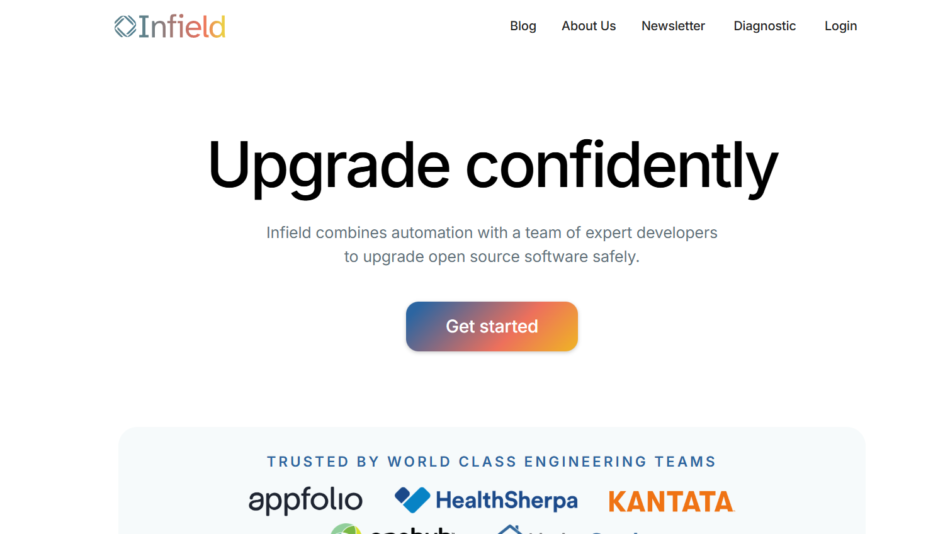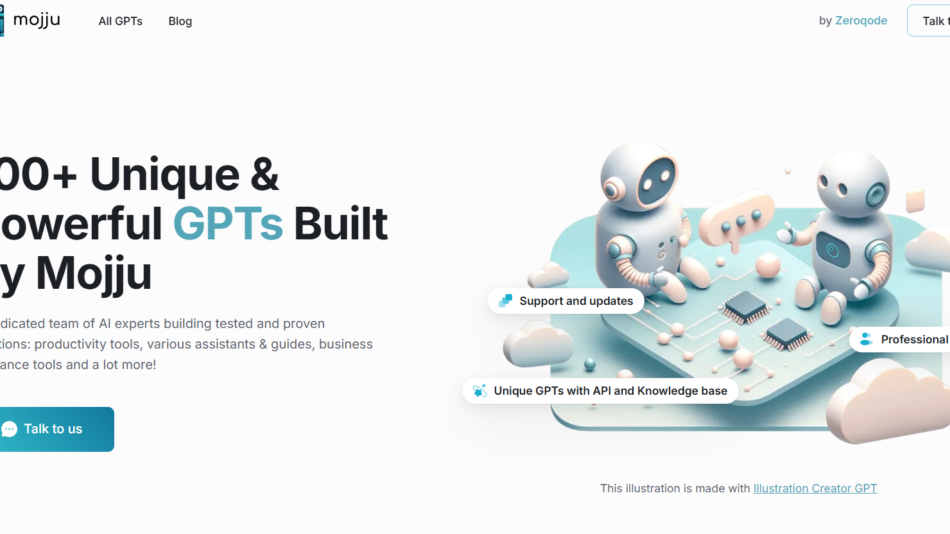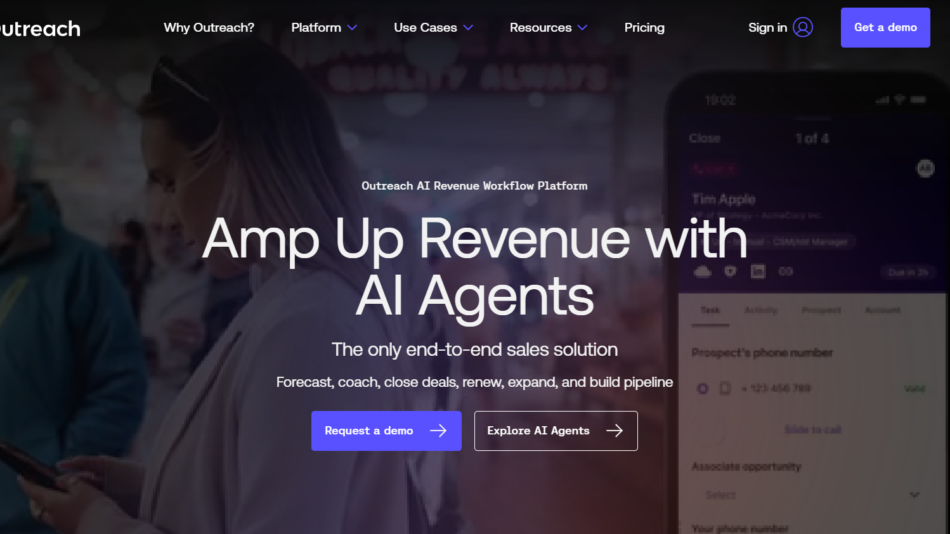CloudGlue is a backend-focused AI agent framework that enables developers to build, deploy, and manage autonomous agents that operate cloud logic, APIs, and workflows — all triggered through natural language or code.
Designed for engineers and startups looking to automate backend infrastructure without extensive overhead, CloudGlue provides a way to build intelligent, programmable agents that understand tasks, call APIs, process logic, and interact with cloud services autonomously.
This makes CloudGlue a valuable tool for automating devops, internal tools, support systems, and other server-side workflows that previously required manual integration or scripting.
Features
AI Agent Engine
At the heart of CloudGlue is an AI agent that can interpret instructions and execute backend logic, such as calling APIs, querying databases, or handling serverless workflows.
Composable API Orchestration
Developers can connect multiple services and define workflows that the agent can navigate and trigger dynamically.
Natural Language Commands
Trigger agent actions with plain English prompts, reducing the need for constant coding and CLI operations.
Self-Hosting Support
CloudGlue offers flexibility to deploy agents in your own infrastructure or in a controlled cloud environment.
Secure Credential Management
Tokens, API keys, and secrets can be stored securely and accessed by agents only when required.
Code-Based Control
While CloudGlue supports no-code inputs, it’s fully compatible with developer workflows, allowing for programmatic customization and Git-based versioning.
Live Execution & Logging
Real-time monitoring allows developers to view the agent’s decisions, API calls, errors, and results as they happen.
Extensible Architecture
CloudGlue can be extended via plugins, external API connectors, and custom logic, enabling full control over agent behavior.
How It Works
To use CloudGlue, developers sign in at cloudglue.dev and create a new project or agent. Each agent is given access to the APIs, credentials, and logic it needs to operate.
From there, developers can input natural language tasks like:
“Fetch recent support tickets from Zendesk, summarize them, and email a report every Monday.”
The agent interprets the request, builds an execution plan, and triggers relevant API calls — all while logging its decisions and responses. Developers can test, monitor, and modify the behavior through a web interface or CLI.
Use Cases
DevOps Automation
Use agents to monitor cloud environments, restart services, rotate credentials, or generate uptime reports.
Customer Support Tools
Build agents that summarize tickets, trigger replies, or escalate cases to human agents based on sentiment and urgency.
Internal APIs and Workflows
Automate backend workflows like user onboarding, resource provisioning, or team notifications via Slack, Email, or SMS.
Third-Party API Coordination
Let agents act as orchestrators between tools like Stripe, HubSpot, AWS, and others to handle recurring logic.
AI-Driven SaaS Features
Embed agents within your product to execute smart backend actions triggered by user behavior or scheduled events.
Pricing
As of June 2025, CloudGlue is in early access and currently offers free usage for developers testing the platform.
Free Tier (Beta Access)
3 active agents
Limited API calls/month
Access to all core features
Community support
Pro and Enterprise Plans
CloudGlue plans to launch premium tiers with:
Higher API usage limits
Private agent hosting
Role-based access control
SLA-backed support
Custom connector integrations
Interested users can join the waitlist or request early access via cloudglue.dev.
Strengths
Backend-first agent framework for developers
Enables real automation of cloud workflows using AI
Secure and extensible architecture
No vendor lock-in with self-hosting support
Balances no-code ease with developer flexibility
Drawbacks
Still in early access — limited documentation and ecosystem
Requires basic API and backend knowledge
No visual workflow editor (yet) for non-technical users
Premium features and enterprise support still under development
Comparison with Other Tools
CloudGlue vs. Zapier
Zapier is built for non-technical users and frontend workflows. CloudGlue is backend-native, programmable, and developer-first.
CloudGlue vs. LangChain
LangChain is a framework for building LLM-powered apps. CloudGlue applies AI agent logic specifically to backend automation and APIs.
CloudGlue vs. n8n
n8n offers a visual editor for no-code workflows. CloudGlue gives full backend automation through agents and natural language tasks.
Customer Reviews and Testimonials
As a new platform, CloudGlue is gaining interest among early-stage developers and startups:
“I replaced three cron jobs and a monitoring script with a single CloudGlue agent — in one afternoon.”
“Love how it integrates directly with APIs without needing wrappers or middle services.”
“The real-time logs and transparent execution give me full trust in what the agent is doing.”
Developers praise the time savings, flexibility, and power it brings to backend automation.
Conclusion
CloudGlue offers a powerful new way to build AI-powered backend agents that simplify cloud automation and API orchestration. With natural language input, secure credentials, and developer-first control, it turns complex backend workflows into manageable, autonomous tasks.
If you’re looking to modernize your infrastructure, offload repetitive devops work, or embed AI logic into your SaaS backend, CloudGlue is a promising solution worth exploring.
Visit cloudglue.dev to request early access and start building AI agents for your backend today.















